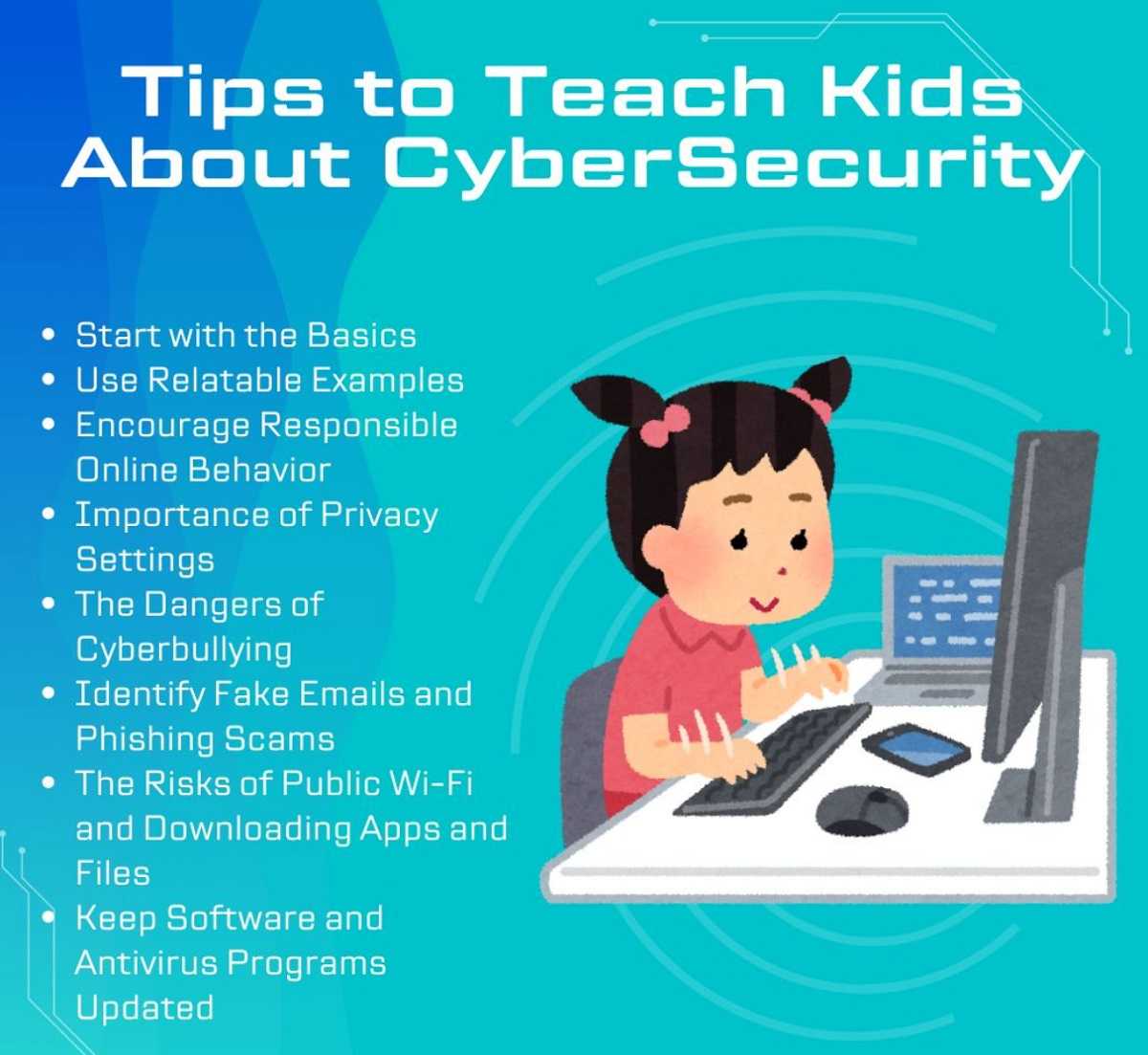Teaching kids about cybersecurity is essential in today’s digital age, as they are increasingly exposed to online threats. Whether they’re playing video games on their brand-new consoles, browsing social media, or posting and viewing videos on TikTok or another messaging app, there are ways to keep them safer. Here are some effective strategies to help kids understand and navigate the digital landscape.
1. Start Early: Introduce the concept of cybersecurity at a young age. Use age-appropriate language and examples. Discuss the importance of keeping personal information private, just like they wouldn’t share their home address with strangers.
2. Use Engaging Activities: Incorporate games and interactive activities to make learning fun. There are numerous online resources and apps designed to teach kids about online safety through quizzes, puzzles, and simulations that demonstrate potential threats.
 3. Discuss Real-World Scenarios: Use relatable examples from their everyday lives. Talk about scenarios such as receiving friend requests from unknown individuals or the dangers of clicking on suspicious links. Role-playing and “what if” scenarios can help them practice how to respond in these situations.
3. Discuss Real-World Scenarios: Use relatable examples from their everyday lives. Talk about scenarios such as receiving friend requests from unknown individuals or the dangers of clicking on suspicious links. Role-playing and “what if” scenarios can help them practice how to respond in these situations.
4. Teach Password Security: Explain the importance of strong passwords and how to create them. Encourage kids to use a mix of letters, numbers, and symbols, and discuss the need to avoid sharing passwords, even with friends. Help them learn to create unique ones and provide strategies for remembering them.
5. Emphasize Privacy Settings: Show kids how to use privacy settings on social media and other platforms. Discuss the implications of oversharing and how to control who can see their information.
6. Foster Open Communication: Create an environment where kids feel comfortable discussing their online experiences. Encourage them to ask questions or report any suspicious activities without fear of punishment.
7. Stay Informed Together: Cybersecurity is an ever-evolving field. Stay updated on the latest trends and threats and discuss them with your kids. This not only keeps them informed but also reinforces the importance of continuous learning about online safety.
By instilling these concepts early, you empower kids to make safe choices online and navigate the digital world with confidence.